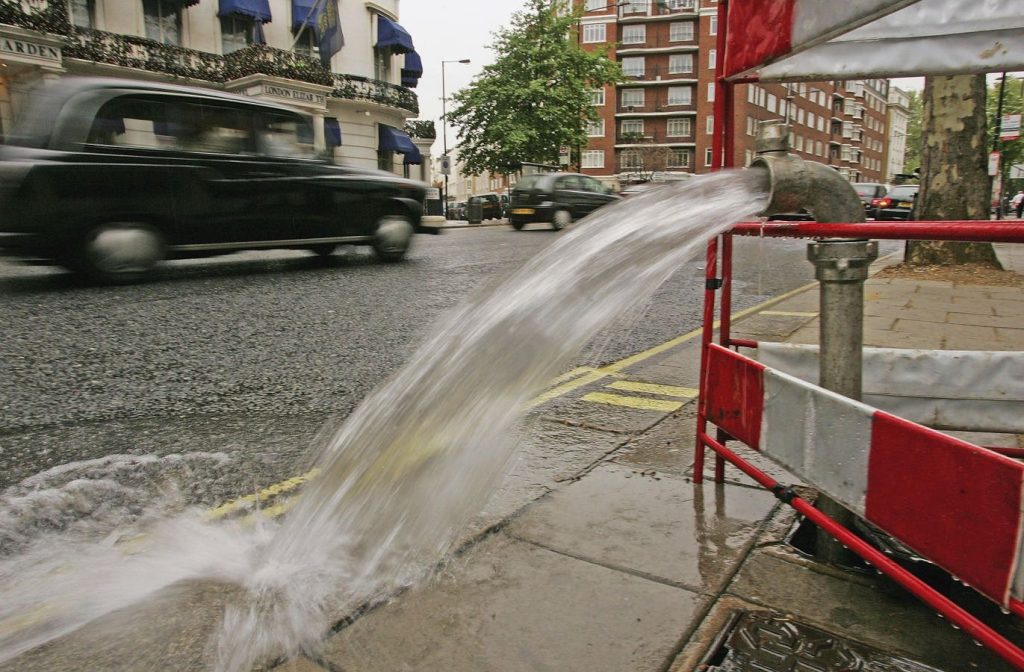A new white paper by Microsoft has highlighted the role that replenishment can have in addressing global water shortages, as well as tackling wider issues including greenhouse gas emissions and protecting biodiversity.
Microsoft’s has previously outlined a number of sustainability goals, including to be water positive and replenish more water than consumed across global operations by 2030.
The paper shares lessons learned through Microsoft’s efforts to reduce water consumption and address water stress in the areas where it has operations.
According to the report, Microsoft sees water replenishment as a way to help restore and protect the water basins where it operates.
“Water availability and water quality challenges are a collective problem that require collective efforts to address,” the report states.
“By setting a water replenishment target, we are aiming to do our part to not just reduce our water use but also play a role in protecting the high water stress basins that we all depend on.”
Microsoft’s water lead Eliza Roberts said in an interview the company is looking to “inspire action and investment in innovative new approaches” that will build scale and impact.
Roberts added historically there has often been a lack of “shovel ready” water replenishment projects around the world, so organisations like Microsoft need to build such projects or find new partners to help develop them, which can be very time consuming.
She highlighted the importance of water replenishment, which can include restoring, cleaning and limiting the amount of water being used in the first place.
Roberts said this can include everything from helping farmers collect rainwater to land conservation projects.
“Replenishment is not just about counting volumes for individual projects, it’s about protecting basin health,” she told me.
“The water challenges we face today and in the future are tremendous,” said Roberts. “But there’s a lot of low-hanging fruit. You know, 30% of water is lost to leakage.”
And she added that technology will play an important role in water replenishment. Applications could include using artificial intelligence and acoustic sensors to identify leaks and ensure they are fixed as quickly as possible.
Roberts said Microsoft has also invested in irrigation monitoring specialist Kilimo, which uses artificial intelligence to help farmers maximise efficiency and ultimately reduce the amount of water they are using.
She added technology plays a pivotal role in helping track the additional benefits that many of these projects can have, including greenhouse gas reductions and improvements to biodiversity.
“I think the more there are media stories to talk about water challenges that we face today and climate change, it will help everybody better understand the importance of investing in solutions to protect freshwater resources.
“And ultimately it gives us even more drive to invest in projects on the replenishment front that are scalable, and will drive impact in critical places across the globe.”
Microsoft’s ongoing work with AI specialists FIDO Tech recently expanded to include a project in Santiago de Querétaro, Mexico.
The project will deploy actionable artificial intelligence over 350km of pipelines, which accounts for almost 10% of the water network operated by the State Commission of Water in Querétaro, one of the main utilities covering the region.
Along with Aguascalientes, Mexico City, Guanajuato, Jalisco and Nuevo Leon, Querétaro is one of the six states suffering from droughts across the territory.
“We look forward to work with Generagua and utility CEA as we drive down water losses to help collectively increase water security,” said FIDO Tech co-founder and chief executive, Victoria Edwards in a statement.
Read the full article here










